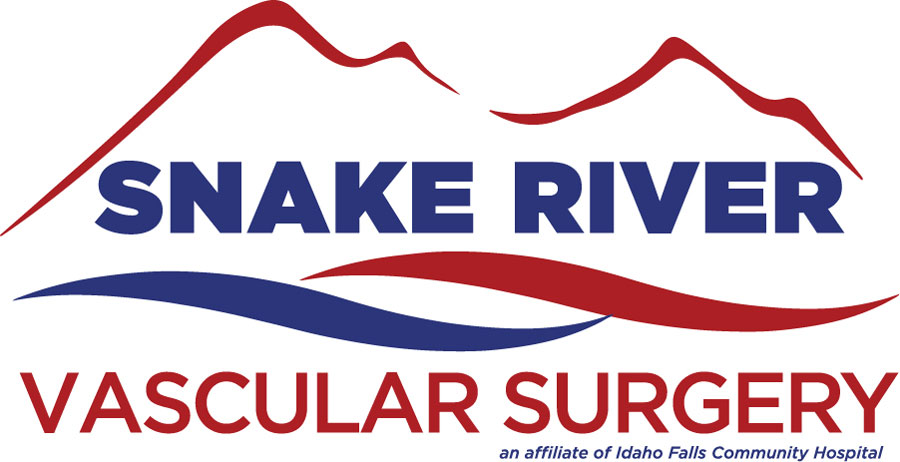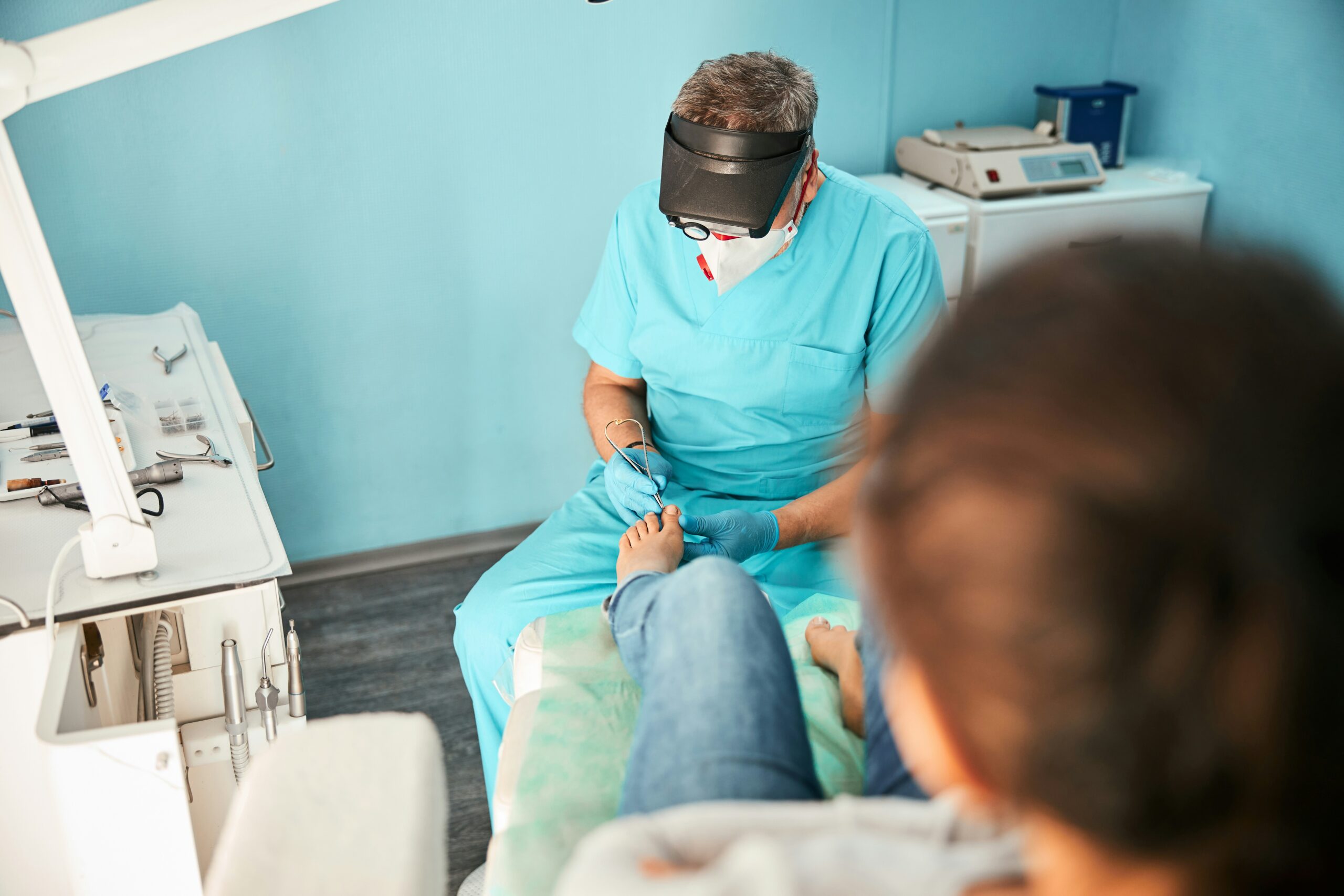What is important to know for your first appointment for Peripheral Arterial Disease.
Each of you is unique and no two people have the exact same PAD. We can not plug your data into an equation and get a correct plan of treatment. No specific single risk calculator is appropriate for all patients with PAD.
What may be causing my leg pain?
Though we are specifically evaluating you for peripheral arterial disease, our goal at the end of the evaluation is to have a game plan for the cause of your leg pain.
What are the other possible causes of Leg Pain?
Spinal stenosis or nerve root compression, joint or spinal arthritis, chronic muscle compartment syndrome, venous disease, restless leg syndrome, or a metabolic cause.
What may be the cause of my leg wound?
Lower extremity or leg wounds can be very difficult to diagnose. Our goal, with the assistance of the wound care clinic, is to diagnose and treat the cause, therefore allowing your tissues to heal.
Possible causes besides arterial disease may be venous disease, autoimmune disease, chronic infection, neuropathy, medication-related, small artery disease/metabolic disease which can include diabetes or smoking, or cancer.
Will the doctor ask about my smoking and tobacco use?
Tobacco use is the leading preventable cause of disease, disability, and death in the United States. Smoking and smokeless tobacco (e.g., chewing tobacco) use increases the risk of all-cause mortality and is a cause of ASCVD. Secondhand smoke is a cause of ASCVD and stroke, and almost one-third of chronic heart disease deaths are attributable to smoking and exposure to secondhand smoke. Even low levels of smoking increase the risks of acute MI; thus, reducing the number of cigarettes per day does not totally eliminate the risk.
JOURNAL OF THE AMERICAN COLLEGE OF CARDIOLOGY VOL. 74, NO. 10, 2019
Will the doctor ask to have my blood work checked?
We will try our hardest not to duplicate bloodwork that is already done by your primary care physician but up-to-date labs are very important.
Diabetes mellitus significantly increases the risk of atherosclerotic disease. We may check bloodwork for:
- Hemoglobin A1c level. Abnormal is > 6.5%
- Albumin level tells about nutrition and health
- Kidney function (estimated glomerular filtration rate (eGFR) and creatinine level).
Hypercholesterolemia is a significant risk factor. Your blood may be tested for:
- Total cholesterol. Abnormal is >200 mg/dl
- Low-density lipoprotein (LDL) cholesterol. Abnormal is > 160 mg/dl
- High-density lipoprotein (HDL) cholesterol. < 40 mg/dl for men and < 50 mg/dl for women.
- Triglycerides. ABNORMAL IS < 40 mg/dl for men and < 50 mg/dl for women.
Will my blood pressure be checked?
Hypertension is a risk of atherosclerotic cardiovascular disease.
Stage 1: BP of 130-139/ 80-89 mmHg
Stage 2: BP of >140/ >90 mmHg
Will my weight be checked?
Obesity is a risk factor for heart disease. Obesity is a BMI > 30. We will calculate your BMI. Individual weight is not as important for your PAD risk.



